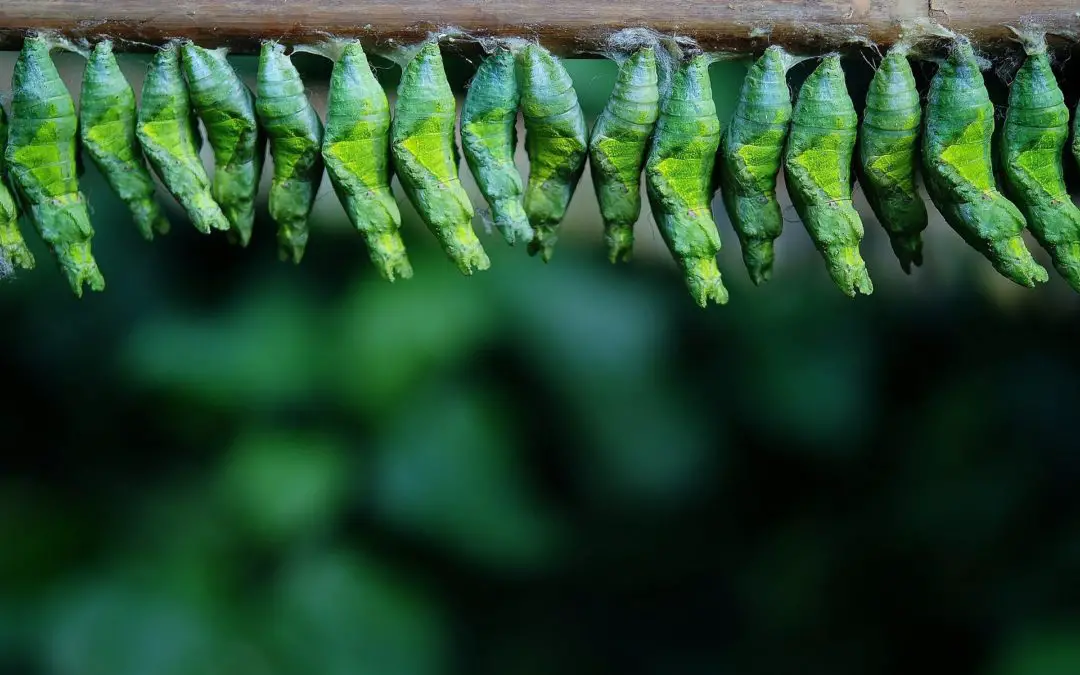Living wall pest control: How to control pests in a plant wall or vertical garden.
Are you worried that your vertical garden or living wall could become infested with insects and pests? It could happen, but you’ve got a lot of options to deal with it. At all stages of your living wall from design to maintenance, considering pests will put you far ahead.
Here’s the quick answer on some proven techniques to prevent or mitigate pests in your plants.
Whether you’ve got an established green wall, or just a few potted plants, you need to prevent pests from taking hold. Isolate new indoor plants for a month before placing them near your healthy plants. Use a variety of plants, mono-cultures (one type of plant) are particularly at risk of pest growth. Don’t leave fruit or vegetables out nearby, and don’t have garbage cans near the wall. Keep your plants healthy. Consider letting insects that eat other insects (spiders and ladybugs, among others) live. And if all else fails pyrethrum, citrus, soaps and detergents, and isopropyl alcohol have all been proven to kill insects. Manual insect removal with hands or a brush can work too.
It can be demoralizing to get an insect infestation. Maybe the little critters have got you feeling like this:
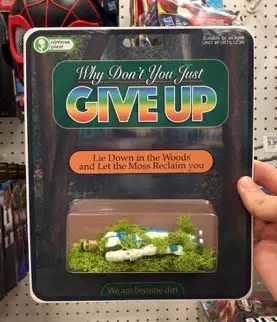
Unfortunately, there aren’t really any plants that are 100% resistant to pests. There are different levels of pest resistance. Every green wall and indoor plant has some susceptibility to pests.
The important thing is to give the plants you’ve chosen the best chance. Keep the plants healthy, keep the environment healthy, and you’ll keep the whole wall healthy.
Preventative measures
Inspecting plants before introducing them
Whenever you’re about to plant something new in your green wall: take a minute! You don’t want to introduce any new problems.
Have a look under the leaves in particular, and check the soil for insects. You can never be 100% on this, but a few minutes on planting day can save your hours in the future. Aphids are particularly known to hang out underneath leaves, out of direct light.
If you find insects or other pests on a plant, don’t risk it. Give it to a friend =).
Avoid mono-cultures.
Higher diversity of plant life in your wall more closely mimics nature. By introducing a lot of different species you’ll avoid a key problem. Pests often thrive on specific plants.
Mike Weinmaster wrote a great piece on the sustainability of green walls, in it, he talks about the importance of diversity: https://www.journalofgreenbuilding.com/doi/pdf/10.3992/jgb.4.4.3
“Another advantage to using such a diversity of plants is that pests rarely become a problem. Mono-cropping is a common practice in agriculture today but a major problem with it is the fact that most pests target a single crop” -Mike Weinmaster from Green over Grey
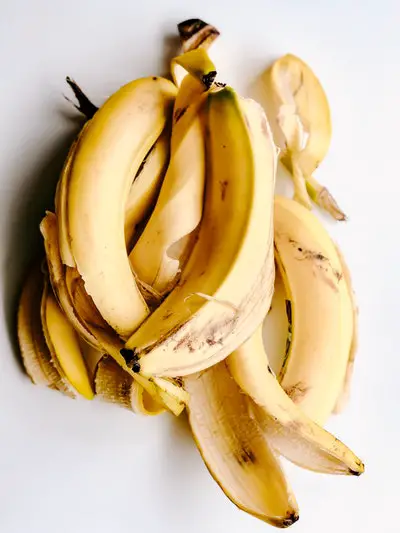 Don’t leave fruit or vegetables out for long!
Don’t leave fruit or vegetables out for long!
If you leave a banana on the counter for too long, you might end up with some problems. Fruit can transport new pests into the house, but even if it’s clean, it’s such an attractive food source that pests will be breeding in no-time.
Don’t risk it!
Another important thing in a business or institutional setting is to keep garbage cans away from the wall. Garbage cans, if not properly maintained can be breeding grounds for pests. Better not to risk it if you have the option.
Repot cleanly
When repotting your plants, make sure you clean the new pots really well, and don’t re-use soil from another plant. Re-using soil and pots that aren’t clean can spread pests.
A good way to clean a pot is to scrub it down with a stiff brush and soap. Make sure you get all the angles so nothing can hide away. If you want to take it to the next level you can give it a wipe down with bleach.
Another option is to put the pot in the oven to sterilize it. Don’t do this with plastic pots, they’ll melt! If you do put it in the oven, make sure it’s dry first. If you don’t the rapid expansion of water into steam can cause the pot to crack or even explode!
Mitigation once you’ve got pests
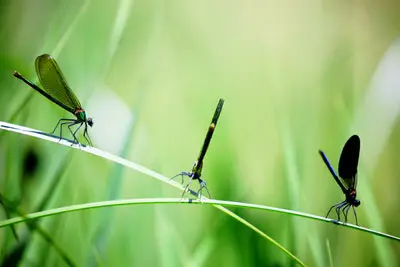 You have three main methods for dealing with pests once you’ve got them. Use a store-bought insecticide. Manual removal. And home-made insecticides. I haven’t tested any store-bought insecticides, so I’ll leave that for a future post.
You have three main methods for dealing with pests once you’ve got them. Use a store-bought insecticide. Manual removal. And home-made insecticides. I haven’t tested any store-bought insecticides, so I’ll leave that for a future post.
Manual removal
Manual removal is always an option. Soap up the plant, get out a toothbrush or use your hands, and remove the insects. The soap will help the pests fall off the plant. This will take you forever, but it works. Make sure to rinse any soap off of the plant afterwards.
All insects aren’t created equal
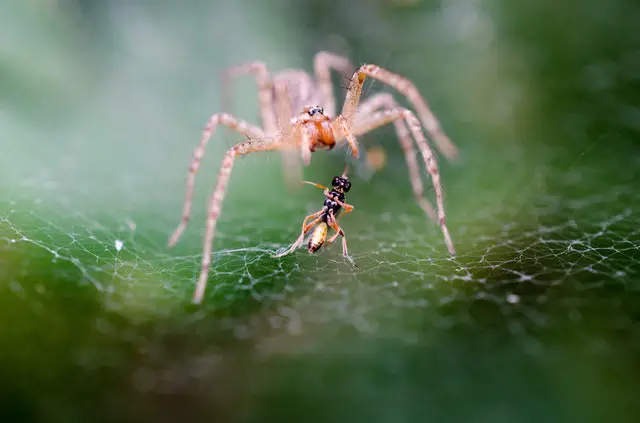 While insects in general can complicate living wall health, all insects aren’t equally problematic. Not all insects eat plants. In some cases, insects can actually act as natural pest controls.
While insects in general can complicate living wall health, all insects aren’t equally problematic. Not all insects eat plants. In some cases, insects can actually act as natural pest controls.
For example ladybugs (ladybird beetles) can eat mites, aphids, white flies, and other soft-bodied pests. So they’re not bad to have around. They’re also resistant to soaps and detergents.
Springtails and isopods are also beneficial. They’re commonly used in terrariums to provide a beneficial link in the food chain. They eat decaying plant matter, and mold and fungus. So they’re a great help for keeping the wall healthy.
Common pest insects include:
- Aphids
- Fruit flies (greenhouse whiteflies)
- Scale insects (coccoidea usually)
- Mealybugs (Pseudococcidae)
- Spidermites (Tetranychus)
- Fungus gnats (Bradysia)
- Thrips (Thysanoptera)
I’ve run into fungus gnats more than others. So I wrote a great article on identifying and controlling fungus gnats. https://planthardware.com/how-to-get-rid-of-fungus-gnats-in-houseplants/
Larvae and Eggs
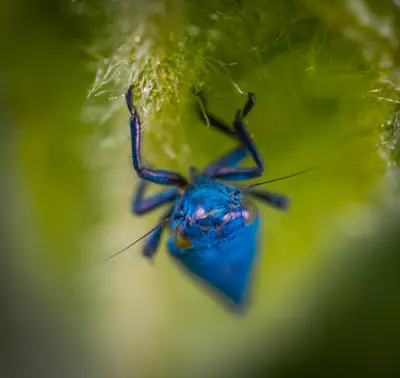 There’s another thing to consider. Even if you were able to kill most of the adult insects, the larvae and eggs probably still remain in the soil, under leaves, and hidden in little nooks and crannies.
There’s another thing to consider. Even if you were able to kill most of the adult insects, the larvae and eggs probably still remain in the soil, under leaves, and hidden in little nooks and crannies.
The way to deal with this is to reapply your chosen insecticide. The idea is to give the young pests long enough to hatch, without giving them time to breed.
Maturation times for common pests are as follows:
- Aphids 7 to 10 days
- Fruit flies (greenhouse whiteflies) 48 hours
- Scale insects (coccoidea usually): born mature
- Mealybugs (Pseudococcidae) eggs hatch in 7-10 days
- Spidermites (Tetranychus) eggs hatch in around 3 days
- Fungus gnats (Bradysia) eggs to adult in 3-4 weeks
- Thrips (Thysanoptera)
Conclusion
With a bit of care in the design, and preventative maintenance, pests can be controlled. From choosing your growing medium, to diverse plant selection, to maintenance, there’s a lot that can be done to keep a growing wall thriving and healthy.
Sources:

I’m Alex Lafreniere. I learned a lot about plants when I built and operated a landscaping company. But, there’s always more to learn. Ever since travelling across the world, I’ve wanted to find ways to bring more tropical and exotic plants into my life. This is the site where I share everything I’ve learned with you.
This site is owned and operated by Plant Hardware, a sole proprietor headquartered in Calgary, Canada. Plant Hardware is a participant in the Amazon Services LLC Associates Program, an affiliate advertising program designed to provide a means for sites to earn advertising fees by advertising and linking to Amazon.com.Plant Hardware may also participate in affiliate programs with Bluehost, Clickbank, CJ, ShareASale, and other sites. Plant Hardware is compensated for referring traffic and business to these companies.

